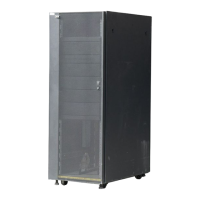Figure 117. Deionizing the water using deionizing cartridges installed in the cooling loop
Water quality chemical requirements
The following measurements must be performed before you add any chemicals to the water loop. It is the
starting point that denes a clean water base.
• All metals less than or equal to 0.10 ppm
• Calcium less than or equal to 1.0 ppm
• Magnesium less than or equal to 1.0 ppm
• Manganese less than or equal to 0.10 ppm
• Phosphorus less than or equal to 0.50 ppm
• Silica less than or equal to 1.0 ppm
• Sodium less than or equal to 0.10 ppm
• Bromide less than or equal to 0.10 ppm
• Nitrite less than or equal to 0.50 ppm
• Chloride less than or equal to 0.50 ppm
• Nitrate less than or equal to 0.50 ppm
• Sulfate less than or equal to 0.50 ppm
• Conductivity less than or equal to 10.0 μS/cm. Conductivity must be measured at 20°C - 25°C (68°F -
77°F). Conductivity increases approximately 5% for every degree Celsius rise in temperature
• pH 6.5 – 8.0
• Turbidity (NTU) less than or equal to 1
Plumbing materials requirements
All piping must be composed of specied materials to prevent scaling and to allow proper reactions with
the chemistry of the water within the system. Threaded joints must not be sealed with
polytetrafluoroethylene tape, as particles from the tape may enter the water stream and create clogs.
Instead, a thread sealant, must be used to seal threaded ttings. Piping must be large enough, as dictated
by industry best practices, to avoid excessive water velocity as well as undue pressure drop.
Material selection and installation is a complex issue that is governed by building codes and other local
requirements. You are encouraged to consult with appropriate authorities that have jurisdiction (such as
building inspectors, re departments, insurance providers, and code compliance ofcers) before you plan
and install cooling distribution systems. The following information is provided for chemical compatibility
purposes.
The following alloys must be avoided in the plumbing system:
• Aluminum and aluminum alloys.
• Brass with greater than 15% zinc.
162
Power Systems: Racks and rack features

